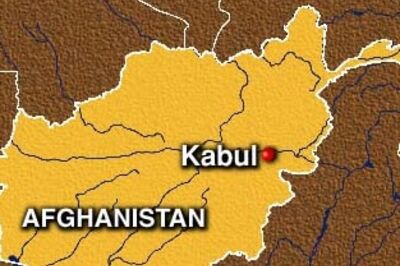
views
To the eternal chagrin of Adolf Hitler and his cronies the 1936 Berlin Olympics demonstrated the nonsence of the Nazi theory of Aryan superiority when Jesse Owens, the grandson of an American slave, became the star of the show with his four titles in athletics.
Since his rise to power in Germany in 1933 the dictator had viewed the Games as an extravagant propaganda opportunity.
The Nazi's built venues of colossal proportions with the 100,000 seater Olympic Stadium at Berlin (which now houses local football outfit Hertha) as well as a 20,000-seater stadium with a state of the art pool and a superb Olympic village to show the world that Germany was back in busines.
Nazi Salute
They gave splendid receptions to the athletes and festooned the country with Nazi swastika flags flying side-by-side with the Olympic flag in an attempt to garner support for their movement and convince the world of their peaceful intentions.
The USA had been close to boycotting the event because of anti-semitical worries but were eventually convinced, as were the IOC due to Hitler's assurances.
In fact the world was still unsure who Hitler was but when he entered the Olympic stadium during the opening ceremony virtually the entire 100,000 crowd raised their arm to him in Nazi salute.
Television debut
Germany did show its technological advancement by organising a closed circuit television facility connecting observation halls with a capacity of 160,000 more spectators.
On the sportsfield the German athletes excelled in numerous disciplines with six gymnastics gold, six equestrian and five in the rowing they easily topped the table with their 33 titles.
Owens to the rescue
However, when America's Jesse Owens beat German Lutz Long in the long-jump play-off a furious Hitler, unable to stand the vision of a black man beating a blue eyed blond, quit the stadium in a huff, his lie of Aryan superiority exposed to the ridicule it deserved.
Owens had also won the 100m, 200m, the 4x100m relay and built a friendship with Lutz Long, who died during the subsequent Second World War.



















Comments
0 comment